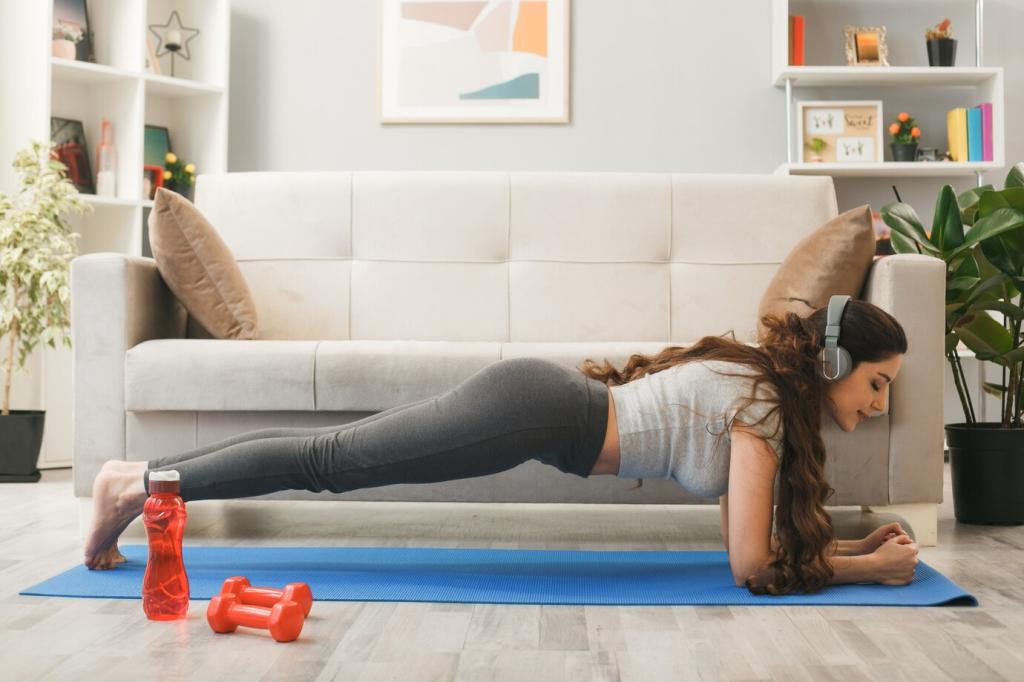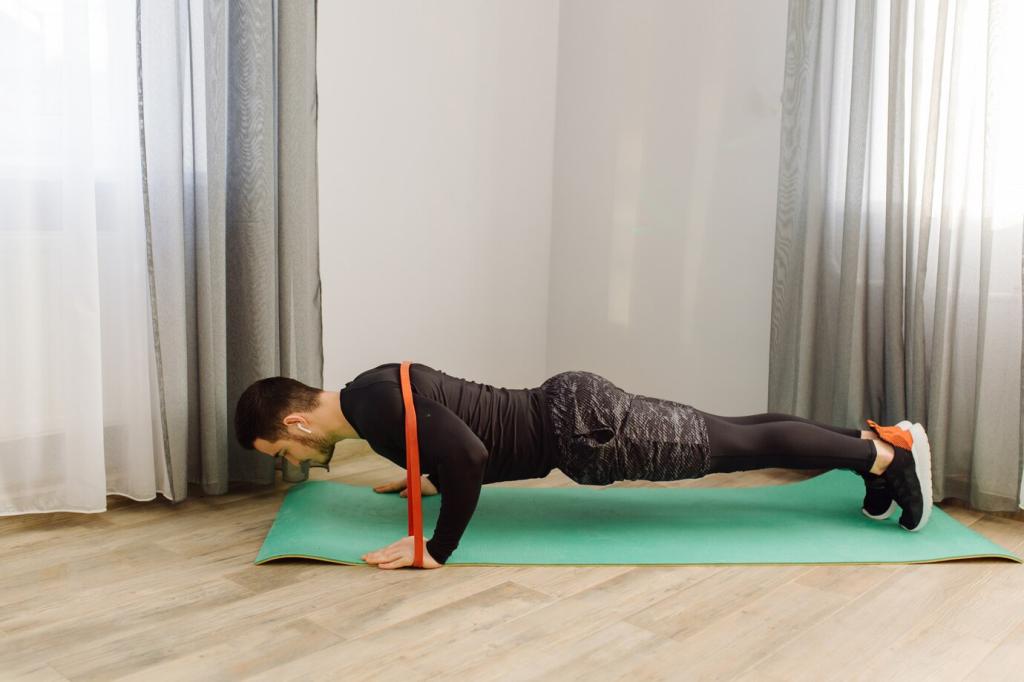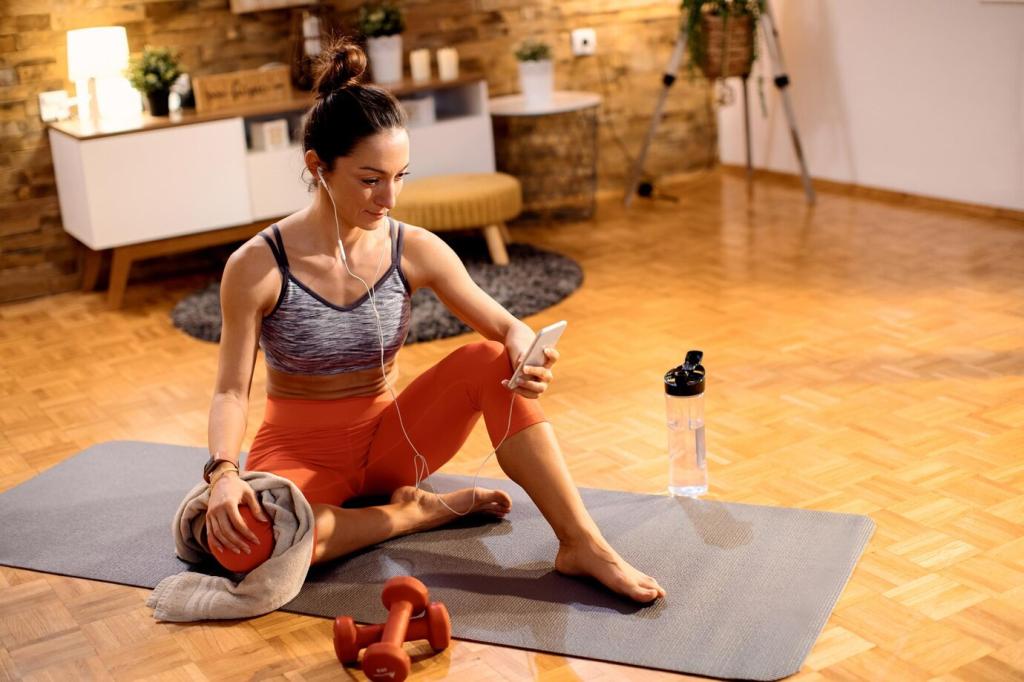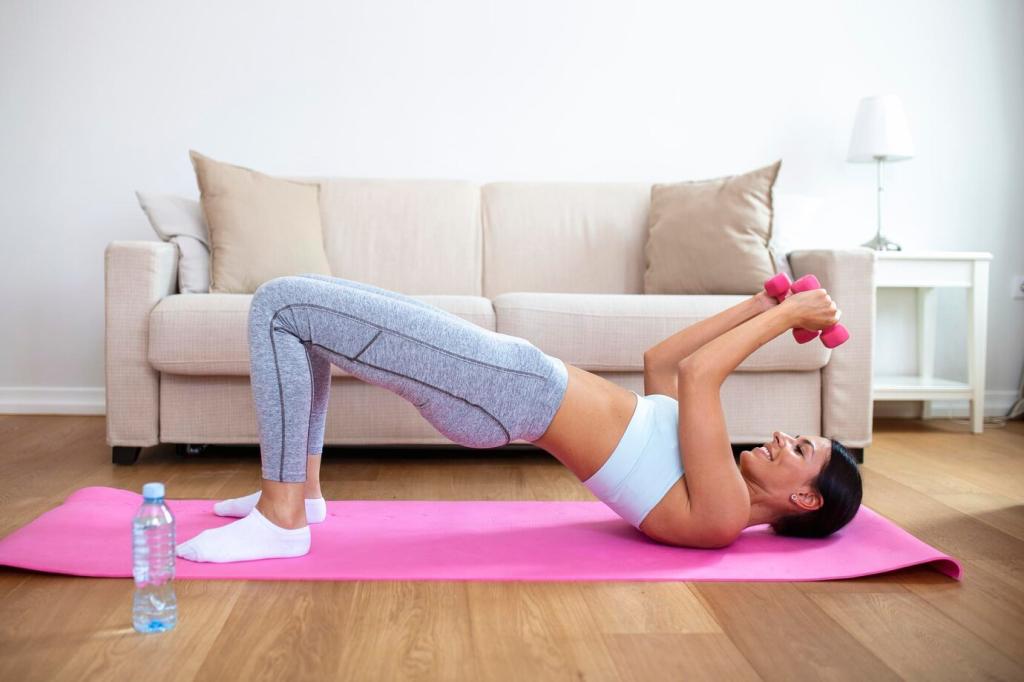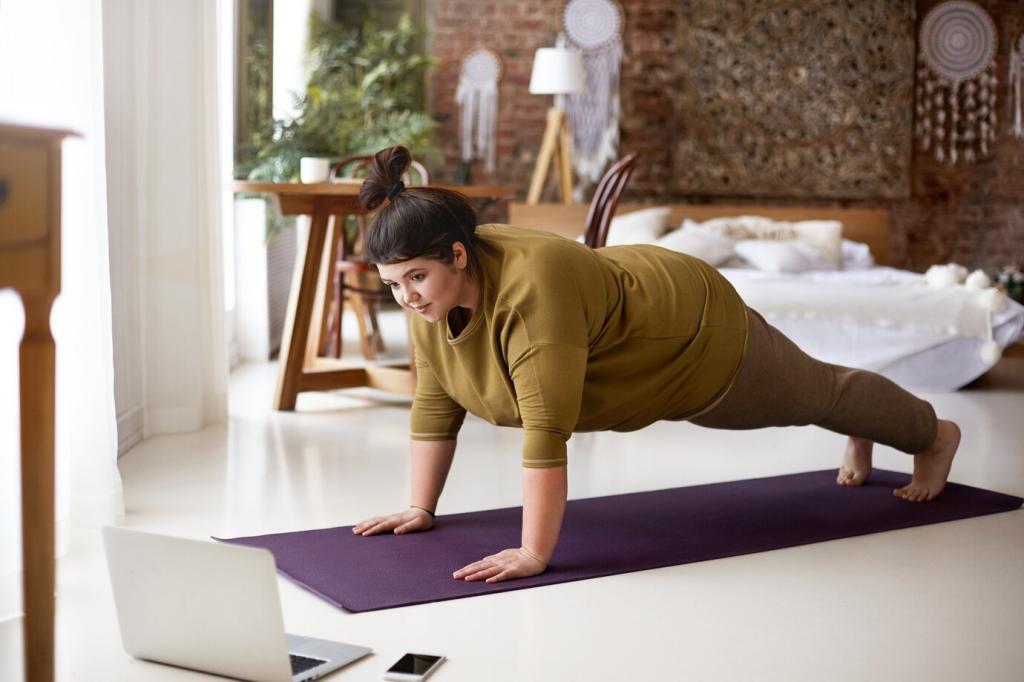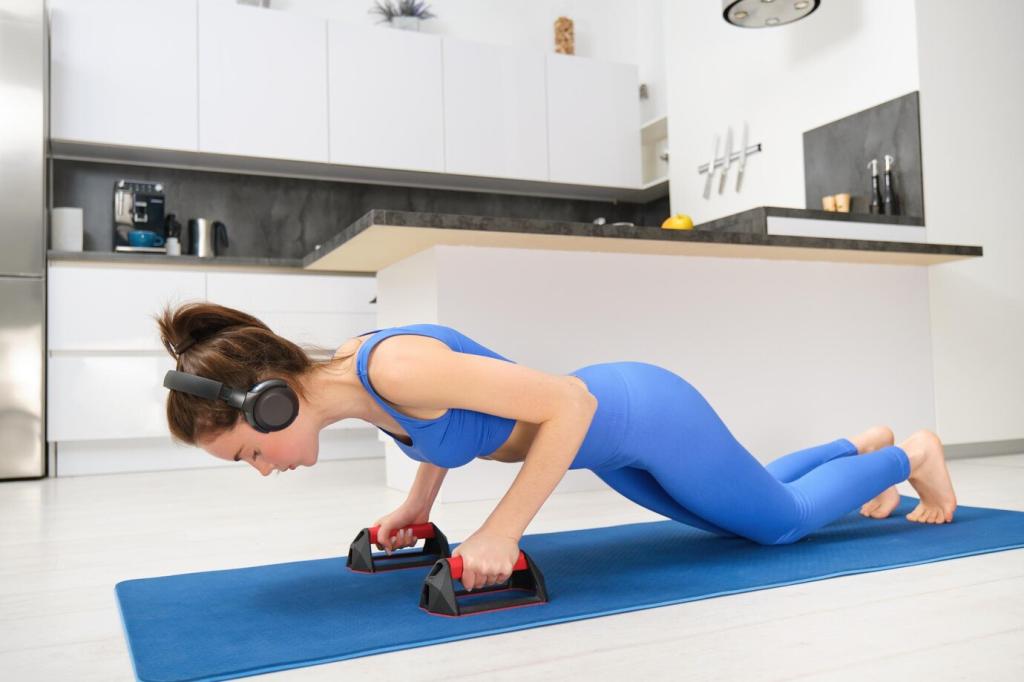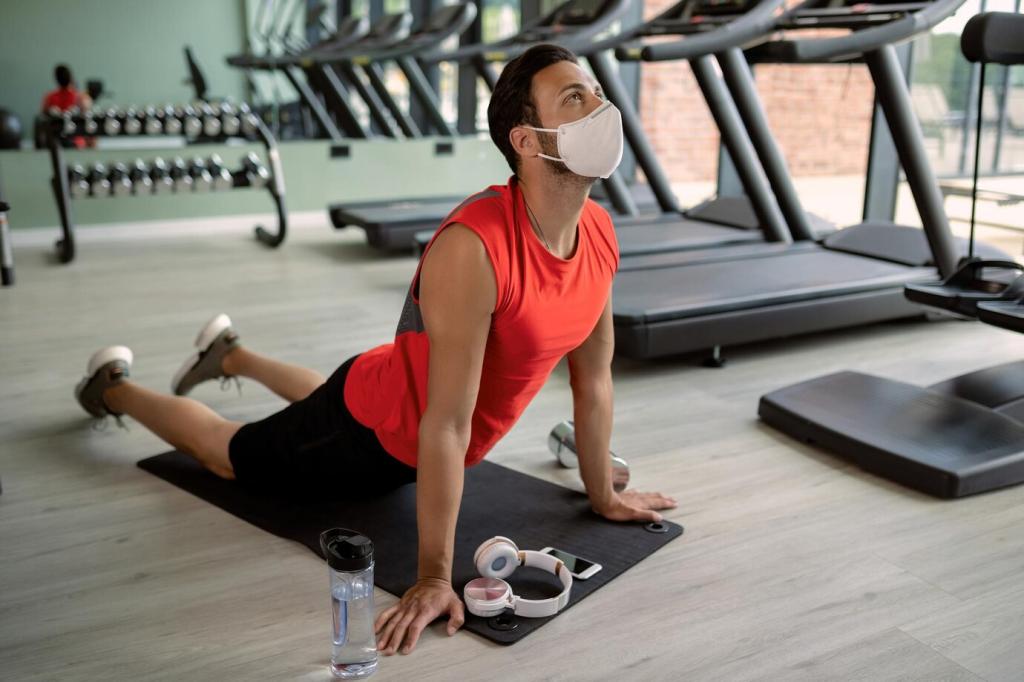Step 4: Choose Exercises You’ll Actually Do
Start with walking, cycling, elliptical, or swimming for low impact. Begin conversationally; if you can chat, you’re in the right zone. This makes your beginner’s plan sustainable and reduces burnout, especially during the first few weeks.
Step 4: Choose Exercises You’ll Actually Do
Use simple moves: wall push-ups, band rows, hip hinges, chair squats, and farmer carries. Two sets of 8–12 reps is plenty. This minimalist approach powers your beginner’s plan with functional strength that translates into everyday life.
Step 4: Choose Exercises You’ll Actually Do
Add five minutes of dynamic warm-ups: ankle circles, hip openers, cat-cow, and shoulder rolls. They prepare joints, reduce stiffness, and make your beginner’s plan feel smoother from the first minute to the last cooldown.
Step 4: Choose Exercises You’ll Actually Do
Lorem ipsum dolor sit amet, consectetur adipiscing elit. Ut elit tellus, luctus nec ullamcorper mattis, pulvinar dapibus leo.


